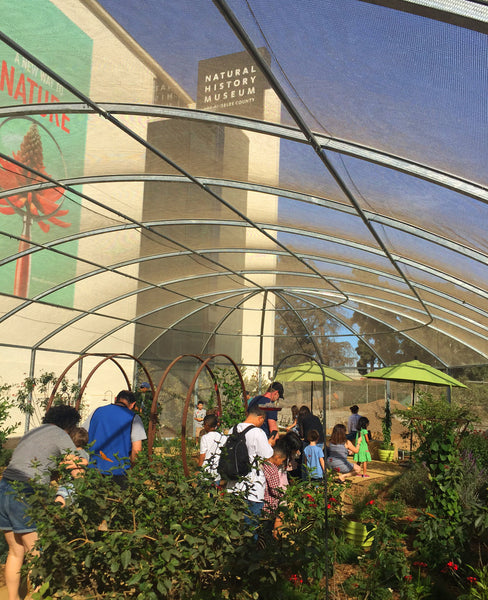Terra Trellis Natural History Museum Butterfly from TERRA SCULPTURE & TERRA TRELLIS on Vimeo.
Hundreds of brightly colored butterflies flutter all around, looping through the air and alighting on inviting plants and flowers inside the Butterfly Pavilion at the Natural History Museum of Los Angeles County. People of all ages and walks of life are equally fascinated (and captivated) as they wander through the recurring and immersive exhibit—which houses four Terra Trellis works!
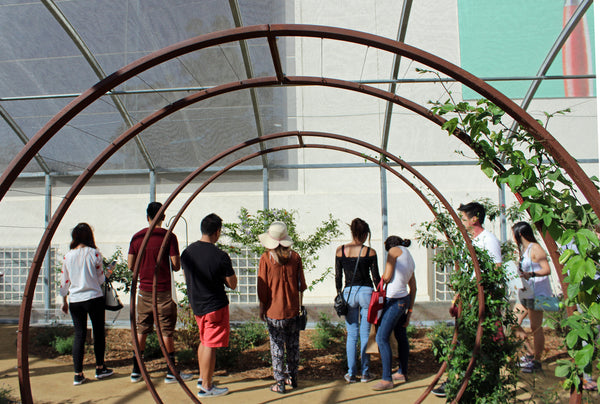
We are exceedingly proud that several of our sculptural trellises, including two Gracie Modern Arbors and two Toki Bubble Trellises, are installed among the incredible diversity of plants which are beneficial for our winged friends, the butterflies. All of the plants in the pavilion, including those integrated with our trellises, are known to attract butterflies at different stages of life.

Passion vine, thrift, and milkweed host growing caterpillars while flowering plants like Dutchman’s pipe, salvia, monkey flower, and lantana draw adult butterflies with their nectar. The exhibit showcases how butterflies rely on flowers and foliage throughout their wondrous transformation from egg to adulthood. But they’re are not just pretty to look at; butterflies are crucial links in a healthy ecosystem.
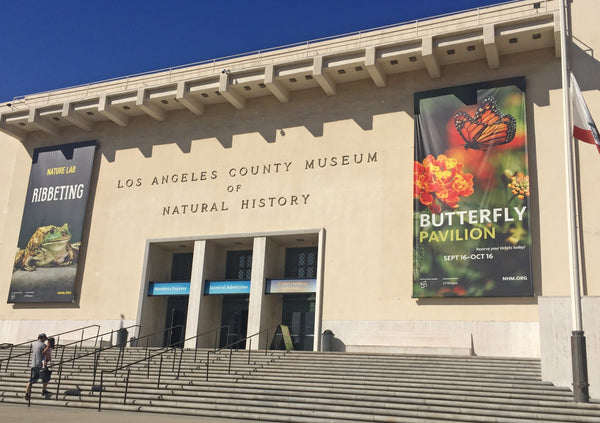
Bees, ladybugs, birds, butterflies—a healthy garden is one that is teeming with life. Butterflies, especially, are a diverse and far-reaching part of the ecosystem. Along with moths, they comprise over 250,000 species and make up around one quarter of all named species—North America alone is home to over 700 hundred types of butterflies!

Butterflies are integral to the food chain as prey for other animals, like birds and bats, in addition to being pollinators for our own food supply. Humans have not figured out how to produce food without pollinators, so our well-being is intimately tied to theirs. With the pollen they carry (sometimes over long distances), butterflies produce genetic variations in plants, making them heartier and more resilient against disease.

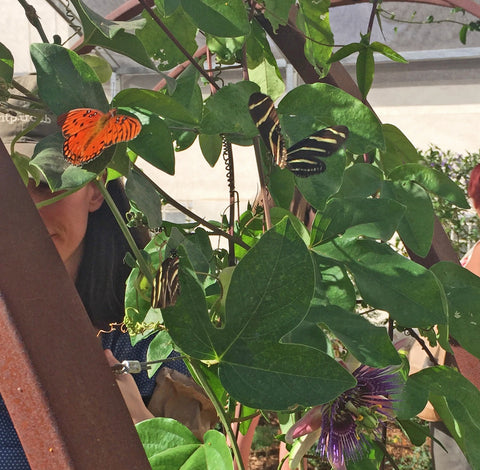
Butterflies, known as an indicator species, are creatures that are highly sensitive to changes in the environment. Their sensitivity, in turn, helps us determine how healthy our surroundings are—like whether there are harmful chemicals or pollution present, or subtle differences in climate. Humans are imperiling the butterfly population with pollution, pesticides, climate change, and the destruction of their habitats. It is imperative to our food supply and ecosystem that we safeguard their survival.
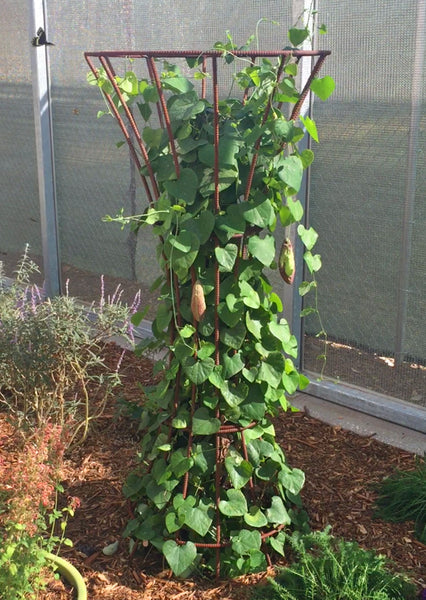
The Butterfly Pavilion is a fantastic place to learn more about the importance of these special creatures and witness their delicate beauty. The brand new permanent structure will exhibit the butterflies again in March 2017 (it alternates with a fascinating spider exhibit!). Hundreds of butterflies from all across the United States, including 20 species of California natives such as the monarch, mourning cloak, and buckeye, will be present along with the plants that sustain them from caterpillars to adults.

Our four trellises provide artful structure and strength to the foundation of this educational garden. For this incredible project, we were honored to collaborate with the amazing horticultural team at the Natural History Museum, including famed California horticulturist Carol Bernstein, as well as talented landscape designers Richard Hayden and Suzanne Baird, with whom we have collaborated on other private and public gardens.

